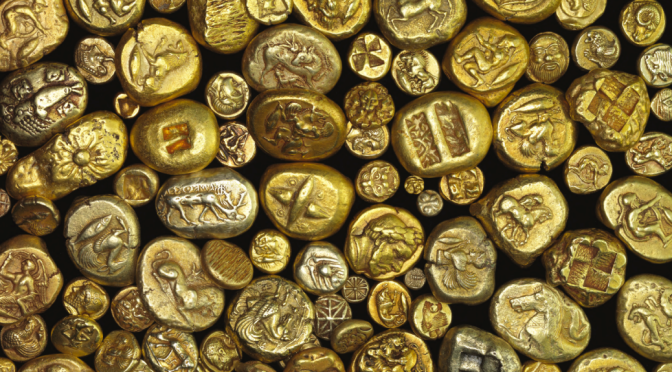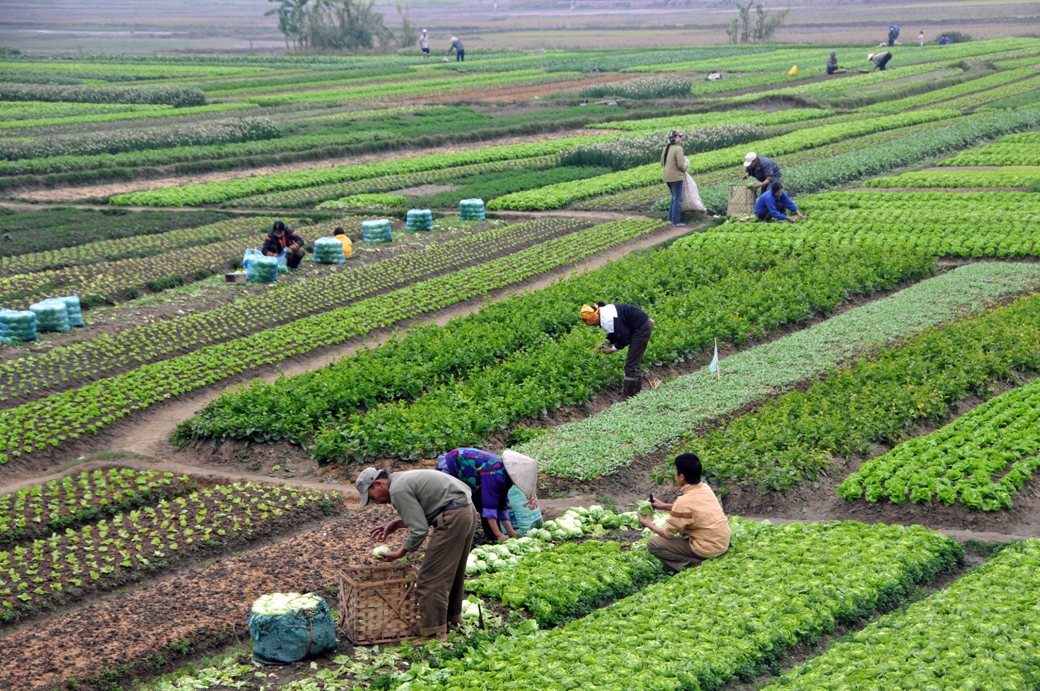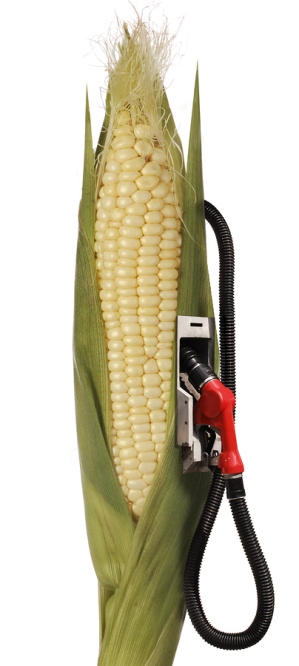By
Reverse Engineer
Trying to figure out exactly how Money achieves and holds its value is very difficult. In all but the simplest systems, which are little more than Barter, you quickly develop a level of complexity which is confounding mainly because it is always so self-referential. In this exercise I try to elucidate the process used over the centuries to not just create money, which is primary, but also to control money once created. I have some basic ideas here, but I have no idea how this post will come out in the end. It’s a very difficult problem.
Starting Point: You cannot have Money without a surplus in basic needs, but neither is surplus by itself sufficient. You also must have control over at least one basic conduit of wealth, which is in the beginning food. Why is this so?
First let us look at a pre-agricultural Hunter Gatherer (H-G) society. Said society can be in surplus, but they don’t need or use money because each member of the society can take from the surplus as much as he or she needs. You may barter things, but you do not need an intermediary of money to do that. It’s a very simple system, but it allows for virtually no savings and none are necessary so long as you always have and expect surplus. A small group of H-Gs in a large territory who are not competing with others are always in surplus. So no money develops in such a society.
However, as soon as it develops into an agricultural (Ag) society it requires money. First thing the Ag society develops is a surplus even beyond that of the H-G society. So much in fact the population begins to rapidly expand. The Ag system also works on a seasonal level, where large amounts of grain are collected at harvest time and must be stored in warehouses. Such initial efforts are communal, with a tribe working together on a patch of land to farm it. To do so though, they must claim ownership over that land. This requires the tribe to move to the next level, one with a military to protect and defend the land they have claimed and are now dependent upon.
It is at this point you have the three most necessary elements involved for the beginning of a monetary system. One is ownership of the land, at first communal by the tribe as a whole. Second is storage of large quantities of food in a warehouse. Third is developing a military group responsible for protecting both the land you grow on and the goods stored in the warehouse.
The military component quickly becomes the most dominant one; in the early stages it is led by the most powerful Warrior who all of the tribe respects and fears. This person becomes “King”. Call him Nimrod. The King then becomes the symbol of the State, and all the state ‘owns’ and ‘produces’ (really ‘controls’ and ‘extracts’) belongs to him. The monetary system develops as a means for the King to distribute surplus to his loyal subjects.
The money develops when the counting begins in the Warehouse of Grain. Whatever is in there is represented in the Count by Credits, which can then be symbolized in a token. Only as many tokens are produced as there is grain to cover their redemption and Precious Metal (PM) coinage works well for this in the beginning. All the precious metals the King has acquired by whatever means are coined up and appropriately valued so there are not more coins than grain to be redeemed. This is Hard Money in extremis and it has an absolute value measured in the food it represents.
The King can now hand out the tokens to his military protectors and also pay the overseers of slaves or serfs who work the land and grow the food. The serfs and slaves are not paid in coinage; they merely receive a small portion of the food they produce for a subsistence living and often barter for whatever else they need.
Problems arise as the society grows. In the beginning, the surplus of food being produced exceeds the amount of precious metals available for coinage, so food drops in price. A few things can happen here. The King can stop paying as much coinage to his military and overseer classes, raising the price of the food again thereby allowing the King to keep more precious metal in the treasury and more food in the warehouse. Everybody is still being fed at this point, the King has more precious metal in the Treasury and the surplus in the grain warehouse grows. The grain keeps a pretty long time, but eventually it will rot if not used or it simply become ridiculous to save any more. Like putting up more than a few years of Preps, it gets ridiculous after a while.
So you start to trade the surplus with others who don’t produce as much food and expansion begins in the system. Peripheral areas pay more Gold and Silver into the system and also begin to produce other things besides food, which money then becomes useful to pay for.
At this point the money system has become vastly more complex. The tokens no longer represent an absolute amount of grain in a warehouse, but rather the value of all goods and services being produced in this ever growing economic system. Bourses or Trading Markets develop, which set relative values for everything being produced in the society. As everything increases in size and velocity, the ‘economy’ needs a rapidly increasing money supply to handle it all.
The precious metal coinage does not increase at the same rate in most circumstances, so in order to have more ‘money’ available, base metals are used to produce some coins, which pretty much can be produced at will. Money is getting softer during this period, but so long as ‘the government’ doesn’t go wild coining up the base metals, it doesn’t devalue the money while the system is expanding.
The trading system begins to experience many stressors at this point. Regardless of whether there is a plague related famine or other issues, at times some folks in control of large swaths of land simply take it out of production, locally raising the cost of grain. This allows them to extract more precious metal ‘money’ from the buyers with this money disappearing into their basement safes. I’m sure you can see the analogue here with how oil prices are manipulated by creating periodic ‘shortages’, even if there is plenty of oil in the ground.
The ‘successful’ society utilizing money has now reached the point where there is a ton of surplus in the society, so much in fact there isn’t a whole lot of need for workers or for paying people very much coinage. And most of the PM’s are sequestered away in the basement safes of a few hoarders. At this point some folks can’t even get hold of a few base metal coins to buy any food, though there is plenty of food in the warehouse.
The society needs no more serfs, nor does it even need more artisans and toolmakers. Only a few of the most successful are necessary for the King and his Oligarchy, so these ‘new professions’ start to experience unemployment along with the serfs. The economy slows to a crawl, basically because it produced too much surplus too quickly and then developed an overburden of population with no remunerative work available.
Social discontent soon rises among the poor, at which point it becomes necessary to ‘give away’ the surplus to these folks or face revolution. But doing so causes money to lose further meaning. Why work as a soldier and put your life on the line for a few coins when bread and circuses are provided to the masses to keep them quiet and entertained? The Roman Empire’s period of bread & circuses has a direct analogue to the Great Society programs on through to the present day.
Eventually, regardless of actual production or the ability to grow food from the ground (or extract oil from under the ground) production of both begins to fall because there is no money flowing in the market with which to buy it. Now you really do get the beginnings of revolution, which then requires you to increase the size of the military and hand out money from the Treasury until the state is bankrupt of precious metals. At this point there are Gold coins in the hands of the soldiers, but there is little being produced to buy with those Gold coins. Soon you reach the end of the line for this iteration of a cycle, and not until the resultant wars and internal conflicts get resolved can you begin the rebuilding process……which then repeats the cycle over and over again.
The process has repeated countless times since Nimrod. And for so long as there is a real surplus in the economic environment, the only thing that causes a famine and scarcity problem is the collapse of the monetary system.
Our present day iteration is significantly different from those above. The repeated expansions and collapses culminated with the discovery and exploitation of the fossil fuel resource. This put the entire globe into such a great surplus that it rapidly expanded in population, thereby consuming this last great resource base. Upon its collapse, what is left of oil isn’t enough to expand once again after the typical wars knock down biblical numbers of around 25% of the population.
The monetary system doesn’t normally collapse from scarcity; it collapses from too much surplus and the hoarding of currency. However, due to overextension and resource depletion in specific locations, along with the vicissitudes of nature, periodically real scarcity does rear its head which causes a collapse from the opposite direction. In this case money may be circulating in the economic system, but it is a shortage of goods rather than a shortage of money which produces the disruption. The end result isn’t much different since you still end up with a situation where extant money won’t buy goods, but the causative factors are different.
The period we are now entering is a synergy of both problems, only on a global scale rather than local. On the one hand there is a consolidation of money happening, removing much of it from real circulation through the banking system. At the same time resources are depleting on a global level. So long as these two parameters move in tandem, you get shrinkage but not collapse. You only get a collapse when on the gross level both fail and that has yet to occur. When it does occur it is a lot worse than one or the other type of collapse.
In this last iteration of the cycle, rather than food in warehouses serving as the underlying basis of money, the thermodynamic energy of fossil fuels underpins the money. This, by extension through the industrial food apparatus, includes food. But food is only part of the total production of the society. Over time, food becomes arbitraged out of value since all it does is support ‘useless eaters’. Rather than produce more food, the monetary system serves to encourage the production of more fuel to perpetuate itself. Thus you get your corn ethanol production for cars rather than corn for people.
This is a Dynamic Shrinkage Model, basically serving to reduce population while at the same time conserving resources. This very well might be a planned methodology and could work, assuming the circulating money and available energy resource decline in near parallel terms. The problem it suffers from is one of instability along the way. Because the monetary system serves as a proxy for value for many other things besides fossil fuel energy, mal-investment throughout the system can collapse the monetary system too fast to maintain a stable equilibrium with the collapsing energy supplies.
An obvious example of this problem is the collapsing McMansion housing market. But it extends into cars, factories and many other financial ‘assets’. Unless those assets can be prevented from completely collapsing in value, the money supply can’t be shrunk at the steady rate necessary to equal the energy supply shrinkage. You then run into the old problem of plenty of resources available relative to the population, but insufficient working money to distribute said resources.
This of course is why we see the process where the central banks are pushing out credit to keep the energy market from locking up completely. They are trying to keep pace with the real shrinkage, but not issue so much credit as to render the currencies, which are dependent on the credit markets, to completely lose value as well. On a daily basis it is a system under great stress, and it is rapidly growing worse.
As long as linearity can be maintained between the energy markets and the money supply the system can continue to function, albeit ever more inefficiently and in increasingly smaller ‘boutique’ economies. The linearity gets disrupted either by a local implosion of a given credit market or by a local disruption of the oil supply of a threshold level magnitude. It is unclear how large that disruption has to be on an absolute value level to reach the threshold, but one suspects either a blockade of the Straits of Hormuz, which serves to reduce the energy level, or a credit collapse of a country such as the size of Italy, would be sufficient to disturb the equilibrium and send the relative economics into a tailspin.
Money and oil are EQUIVALENTS in the current society, mainly as defined by the dollar as the most popularly accepted proxy for oil. To keep the overall system running at any level, even a small boutique level, parity must be maintained between the currency and the available energy. To do this a vast portion of the population has to be cut off from credit to buy the oil……but not so fast the money loses its value or so fast the oil depletes in its availability at a reasonable Energy Returned on Energy Invested (EROEI). It is a tightrope which has to be walked very carefully.
So far, our Illuminati Masters have walked the wire very well. I do not discount the possibility they can walk the wire to the other side and maintain the equilibrium all the way through the spin down. This is possible, but in my opinion it is unlikely. Much like catching a raindrop on a knife edge and controlling how the water splits up, the magnitude of instability here is simply too great. One side or the other of the Energy-Money equation will exceed controllable parameters, and then you get a cascade failure. When that occurs, all bets are off. There is no maintaining a core in such a situation because there is no ‘core’.
I cannot say this one is “Coming Soon to a Theatre Near You.” I can only say to you that in my opinion it is, and will, inevitably come just as the largest mountains are inevitably washed into the sea. You must not despair here and think all is lost, with the outcomes inevitable and written in stone, for they are not. You just need to be patient and wait for the failure of the conduits, for when they do fail in earnest it will be a different ballgame altogether. Fail they will. I guarantee it.
RE




